The huge solar wings on the International Space Station (ISS) were successfully unfurled on Friday, paving the way for the orbiting laboratory to power up to its full capacity for the first time.
NASA said “no difficulties were encountered” in deploying the wings after astronauts Steve Swanson and Richard Arnold bolted an S6 truss to the space station on Thursday to hold panels forming the fourth and last solar antenna.
The payload is one of the final tasks of the more than decade-long effort by 16 countries to build the US$100 billion outpost in space.
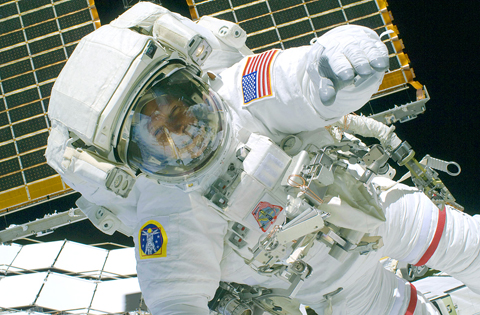
PHOTO: AFP
Once activated, the solar array will have the capacity to generate 120 kilowatts of usable electricity, enough to power about 42 large homes. The ISS had been producing 90 kilowatts before the addition.
The 14-tonne S6 truss was carried into space by Discovery, which blasted off last Sunday from Florida with a crew of seven astronauts, and the orbiter’s robotic arm was used to lift it out of the shuttle’s bay.
Each solar array set has two wings measuring 35m by 11.58m, for a total span of 73m when deployed, including the truss connecting the two panels and allowing them to pivot as they follow the sun. The four panels — two per wing — contain 32,800 cells that convert sunlight into electricity.
Once deployed, the panels provide the power the space station needs to carry out scientific experiments planned by the European Columbus laboratory and the Japanese Kibo laboratory.
The space station will also be able to double the size of its crew from three to six, beginning in May.
During their spacewalk, which lasted 6 hours, 7 minutes, Swanson and Arnold also plugged in power and data connectors and prepared the panels, which had been collapsed like an accordion in a container aboard Discovery.
The next space walk was planned for last night by Swanson and fellow astronaut Joseph Acaba, and was scheduled to last 6 hours, 30 minutes.
The two are due to remove two batteries from a part of the space station that will then be replaced during the next shuttle mission in June.
A third spacewalk has been planned for later in the mission.
In all, NASA has scheduled nine shuttle flights through next year to complete the construction of the space station.
Upcoming shuttle flights also include the last mission to service the orbiting Hubble telescope in May.
Discovery is scheduled to land back on Earth on Saturday, two days after a Russian Soyuz mission takes off for the ISS carrying a crew of three, including US billionaire businessman Charles Simonyi, who has shelled out US$35 million for his second trip as a space tourist.
The Discovery mission, delayed five times, is the first by a US space shuttle this year.
It has been a near picture-perfect mission so far, barring the delayed lift-off and some pesky space rubble that had US and Russian experts braced to move the ISS in an “avoidance maneuver.”
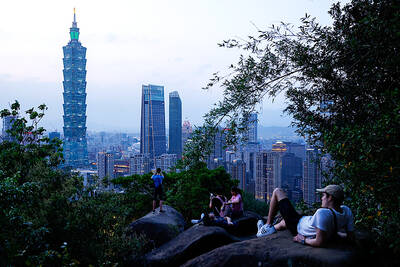
MORE VISITORS: The Tourism Administration said that it is seeing positive prospects in its efforts to expand the tourism market in North America and Europe Taiwan has been ranked as the cheapest place in the world to travel to this year, based on a list recommended by NerdWallet. The San Francisco-based personal finance company said that Taiwan topped the list of 16 nations it chose for budget travelers because US tourists do not need visas and travelers can easily have a good meal for less than US$10. A bus ride in Taipei costs just under US$0.50, while subway rides start at US$0.60, the firm said, adding that public transportation in Taiwan is easy to navigate. The firm also called Taiwan a “food lover’s paradise,” citing inexpensive breakfast stalls
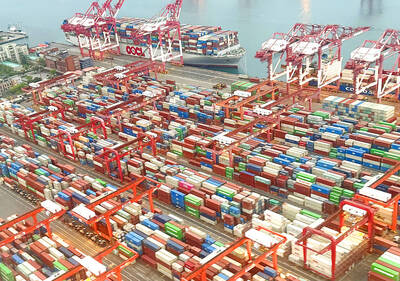
TRADE: A mandatory declaration of origin for manufactured goods bound for the US is to take effect on May 7 to block China from exploiting Taiwan’s trade channels All products manufactured in Taiwan and exported to the US must include a signed declaration of origin starting on May 7, the Bureau of Foreign Trade announced yesterday. US President Donald Trump on April 2 imposed a 32 percent tariff on imports from Taiwan, but one week later announced a 90-day pause on its implementation. However, a universal 10 percent tariff was immediately applied to most imports from around the world. On April 12, the Trump administration further exempted computers, smartphones and semiconductors from the new tariffs. In response, President William Lai’s (賴清德) administration has introduced a series of countermeasures to support affected
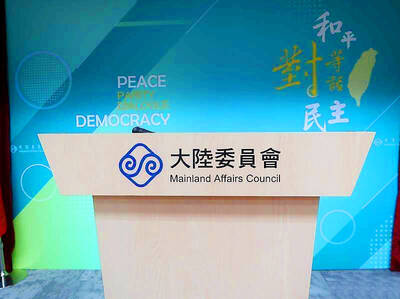
CROSS-STRAIT: The vast majority of Taiwanese support maintaining the ‘status quo,’ while concern is rising about Beijing’s influence operations More than eight out of 10 Taiwanese reject Beijing’s “one country, two systems” framework for cross-strait relations, according to a survey released by the Mainland Affairs Council (MAC) on Thursday. The MAC’s latest quarterly survey found that 84.4 percent of respondents opposed Beijing’s “one country, two systems” formula for handling cross-strait relations — a figure consistent with past polling. Over the past three years, opposition to the framework has remained high, ranging from a low of 83.6 percent in April 2023 to a peak of 89.6 percent in April last year. In the most recent poll, 82.5 percent also rejected China’s
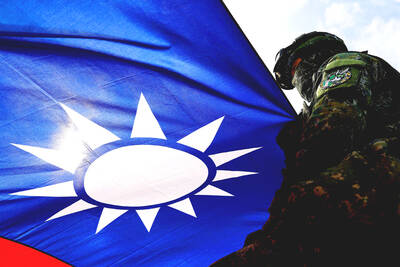
PLUGGING HOLES: The amendments would bring the legislation in line with systems found in other countries such as Japan and the US, Legislator Chen Kuan-ting said Democratic Progressive Party (DPP) Legislator Chen Kuan-ting (陳冠廷) has proposed amending national security legislation amid a spate of espionage cases. Potential gaps in security vetting procedures for personnel with access to sensitive information prompted him to propose the amendments, which would introduce changes to Article 14 of the Classified National Security Information Protection Act (國家機密保護法), Chen said yesterday. The proposal, which aims to enhance interagency vetting procedures and reduce the risk of classified information leaks, would establish a comprehensive security clearance system in Taiwan, he said. The amendment would require character and loyalty checks for civil servants and intelligence personnel prior to